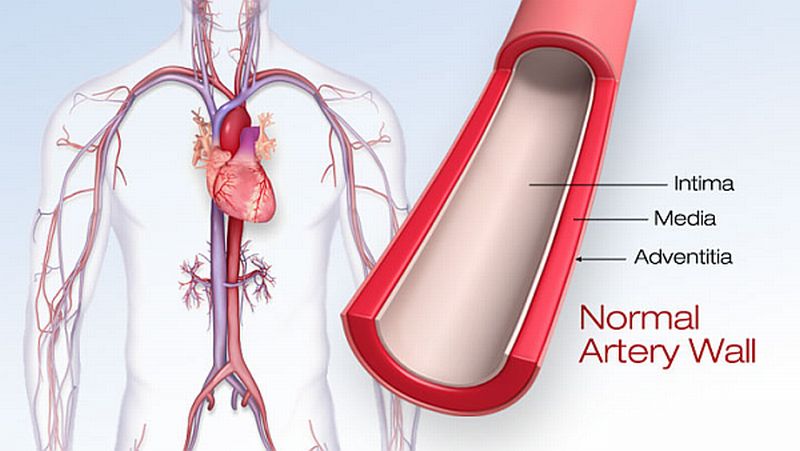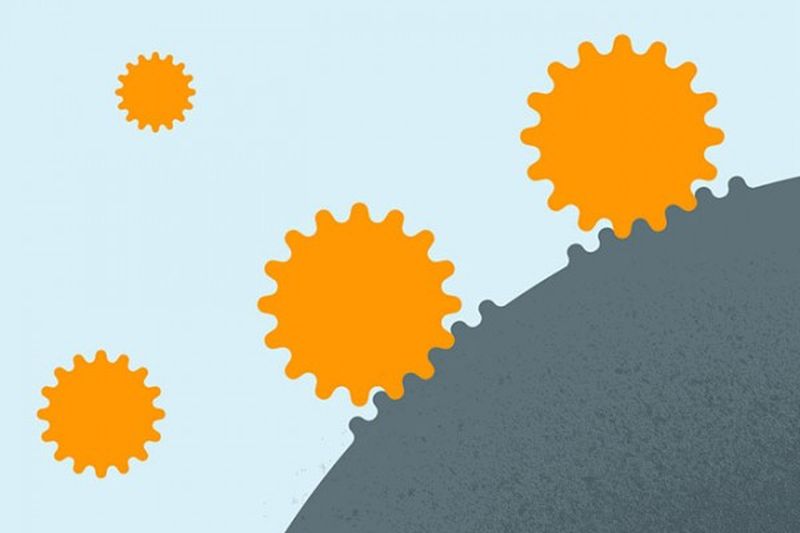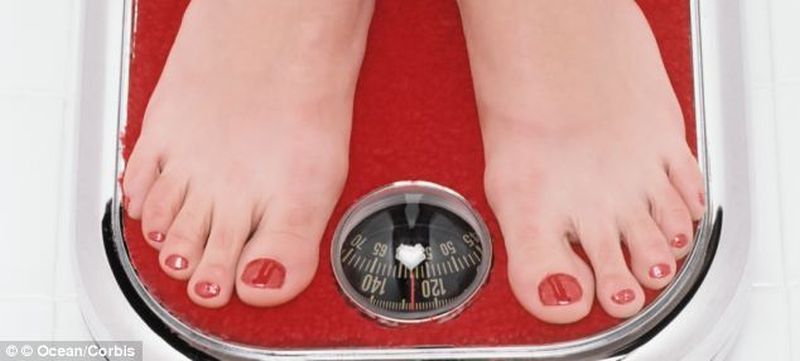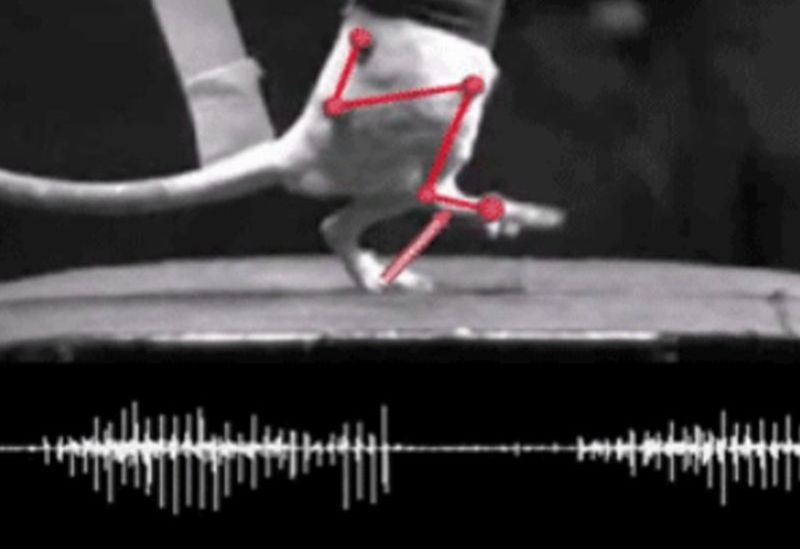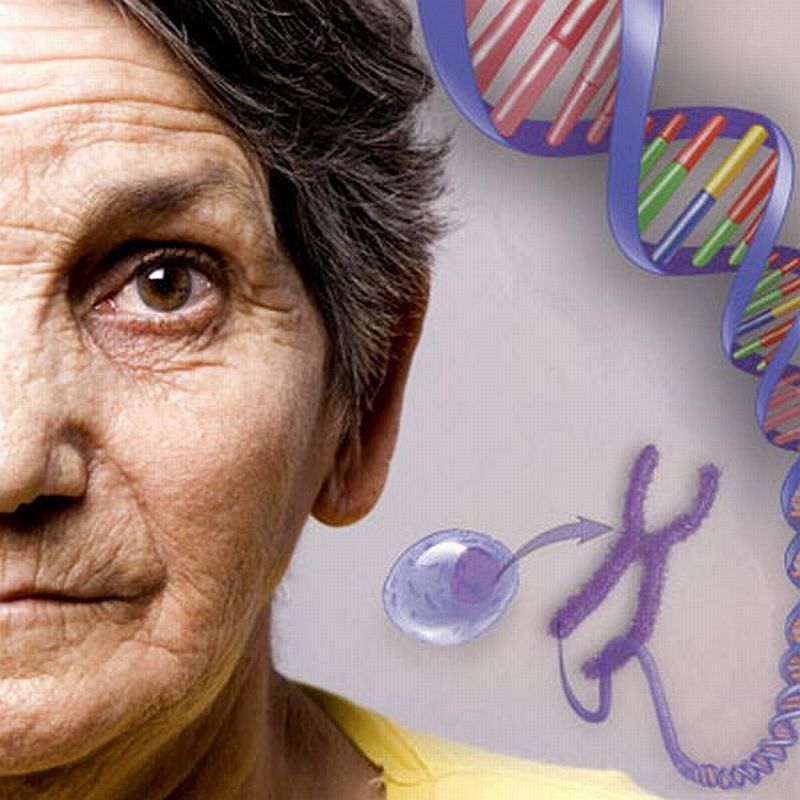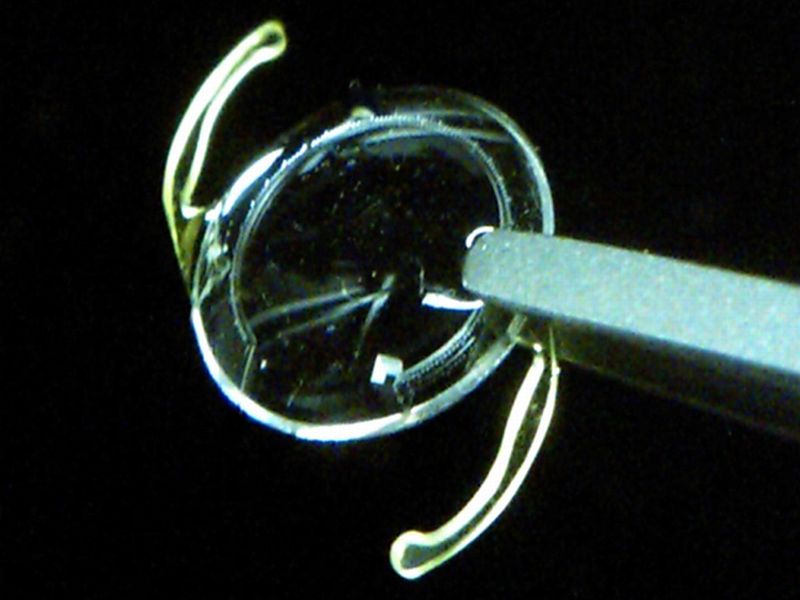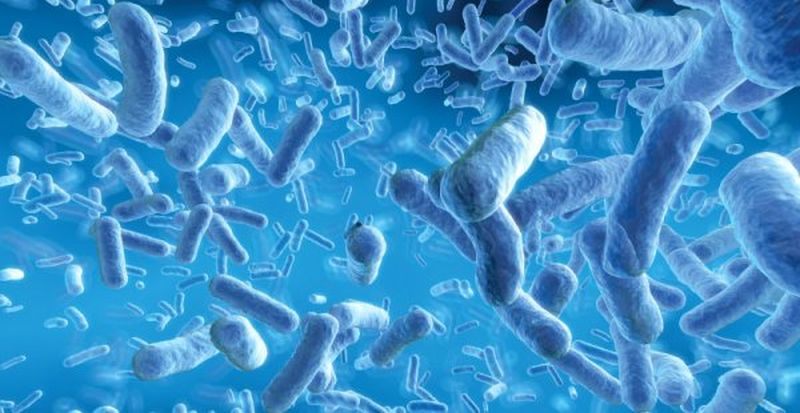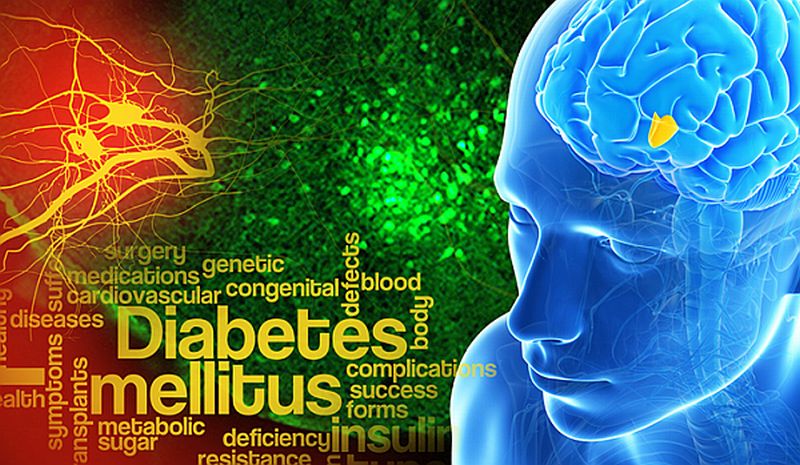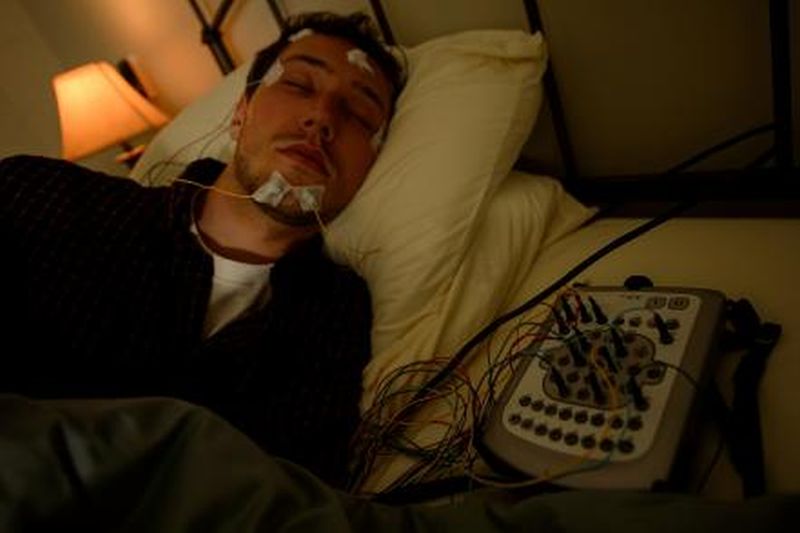Though red meat is one of the richest source of a powerful antioxidant called, lipoic acid, apart from harboring other essentials like iron, creatine, minerals and vitamins, findings from various studies suggest that red meat consumption is linked to significant health risks such as an increased chance of developing cardiovascular disease and even bowel cancer.
Read MoreCategory: Health Tonics
Magnetic Nanoparticle Pill will detect Cancer: Searching Bloodstream with Google
Giant web search engine, Google is expanding its business in different technological areas, investing in research program to develop driver-less cars, goggle glasses, contact lenses, delivery drones, robots, providing internet facilities via balloons to name a few. Now Google is expanding into the field of advance medicine. With an aim of developing nanoparticles that would be delivered in the form of a pill in aiding cancer detection and other ailments, the big G unveiled its latest project called the “Nanoparticle Platform.
Read MoreHigh Milk Consumption leads to Greater Risk of Fractures: Fat triggers Inflammation
Importance of milk and other dairy products are long known to everyone. They are one of the richest sources of Calcium and contain Vitamin D which together plays an imperative role in strengthening human bones and teeth, thus, reducing the risk of osteoporosis and bone fractures. Milk also contains many other essential nutrients. However, a recent study challenges the health benefits of milk intake and on the contrary, links high milk consumption with higher risk of fractures and early mortality.
Read MoreIndividual Genes responsible for Violent Crimes: Nature versus Nurture
The debate on what makes a person more violent than another is still on. The question is whether criminals are born with such fierce nature or any incident or experience shape up such violent trait in criminals is yet to be answered. So far, scientists have proposed that certain genes (by altering brain chemistry), might be an influential factor behind such violent behavior. But DNA clues to back this suggestion is not present.
Read MoreCharging Gadget in Bedroom leads to Weight Gain: Light from Devices Disrupt Metabolism during Sleep
Gadgets have made our lives convenient, but at the same time, safety issues have thwarted their ease. Experts are still debating & studying whether radio wavelengths emitted from cellular phone causes brain cancer or not. Now another team of researchers has discovered that charging cell phones or tablets in the bedroom, during night can lead to weight gain.
Read MoreHigh Sugary Drinks lead to Poor Memory: Neuroinflammation
High intake of sugar-sweetened beverages (containing high sugar or high fructose corn syrup content) are responsible for obesity, diabetes, coronary heart disease and other disorders. But recently, experts have found that these beverages when consumed (especially in adolescent age) can lead to poor memory and learning skills.
Read MoreMutant Gene to Control Weight Gain: No More Diet Plans
Good news for all the folks who often fail to resist the tempting calorie loaded mouth watering food and in turn keep gaining weight. According to a latest research, scientists very soon will create a pill that can keep a check on individual weight without having to sacrifice on favorite foods like cakes, burger, pizza and ice cream.
Read MoreElectrical Pulses used to reinstate Movements in Paralyzed Rats: Epidural Stimulation
In Frankenstein effort, Gregoire Courtine, a researcher at the École Polytechnique Fédérale in Lausanne, Switzerland, has developed a process that has helped a paralyzed rat in walking with a precise cadence. The neuroscientist has employed electronics to reinstate realistic movements to the disabled animal. With an aim of resurrecting life in the paralyzed limbs of people, the researcher has zapped spinal cords with electrical pulses. These undulations will substitute the commands being sent by brain in normal condition however, the signals are disrupted with an injury in the spinal cord.
Read MoreOn/off Switch for Aging Cells Discovered: Telomere Homeostasis
Newly divided cells of the human body have an ability of replenishing certain organs including lungs, skin and liver consistently. However, majority of these cells have an expiry date, which means, they cannot perform the function throughout, since each division also corresponds to shortening of chromosomes. Upon reaching a certain stage telomere, the area of repetitive nucleotide sequences situated at the peripheral of each chromatid, stops the dividing process. This leads to degeneration of organs and tissues and eventually aging. However, in the presence of telomerase, an enzyme that rebuilds…
Read MoreMicrofluidic Device for self-monitoring of Intraocular Pressure: New Eye Sensor
In order to measure the intraocular pressure, eye surgeons use puff test, however, the non-contact tonometer does not always give accurate results, and this has always remain a major huddle in solving the real problem. Now, the time is not far when the eye doctors would be able to gauge the problem in real time and giving effective treatment for blindness-causing glaucoma. Researchers from the Faculty of Life Sciences, Bar Ilan University, Ramat-Gan, Israel and from Stanford University, US have developed an innovative lens- mounted microfluidic sensor.
Read MoreMicroscopic Organism controls Human Mind: Manipulative Microbes
Lack of strong willpower in us is to be blamed for not able to follow a strict diet and an exercise regime regularly. Along with this, a bacterium that resides in our gut too is responsible for not performing the action on regular basis. According to a new research, bacteria residing in our gut also play a significant role in altering our appetite and mood, making us succumb to consume as per their requirement and slowly leading us towards obesity and other diseases.
Read MoreGlucose Sensor in Brain Discovered: Controlling Blood-Sugar Level
Experts at Yale School of Medicine have identified a control switch of glucose within brain that has a direct linkage with both type 1 and type 2 diabetes. Ventromedial nucleus (VMN, or ventromedial hypothalamus, VMH) is a nucleus of the hypothalamus that contains an enzyme called the prolyl endopeptidase. This enzyme initiates a chain of steps that assist in controlling the levels of glucose in blood stream. Researchers envision that this finding would help them in leading towards new treatments for diabetes.
Read MoreSleep Deprivation leads to Memory Errors: Getting Brainwashed
We already know the importance of a good night’s sleep. Taking around 8 hours of sound sleep is considered essential for the body, as it is the time when the brain gets rid of its toxins. But in today’s fast paced life, people often have to give up on their sleep to catch up with other work. This lack of sleep has been already reported as a public health epidemic by the Centers for Disease Control and Prevention.
Read MoreRotten-egg smell of Farts helps in attenuating Cell Damage: Healing powers of the putrid-smelling
We may not really appreciate someone releasing a fart publicly, but experts from the University of Exeter, suggests that these stinky farts potentially offer great health benefits. Researchers say that hydrogen sulfide gas found in human flatulence and in the foul smell of rotten eggs might be helpful in attenuating cell damage caused by certain diseases. However, one should be careful as the gas in large quantity can be fatal.
Read MoreOdor Receptors in Skin Cells would facilitate Healing of Wounds: Smelling Therapy
After the nose and lungs, experts have found odor receptors (similar to one in the nose), present in skin cells and thus enabling our skin to sense different odors and surprisingly these help in the speedy healing of wounds. Researchers have found nearly 350 distinct varieties of olfactory receptors in the human nose. These receptors detect different odors and begin a signaling process which sends messages to the brain. Apart from nose, 150 olfactory receptors are also located in other internal tissues as heart, gut and liver. Using these receptors,…
Read More
